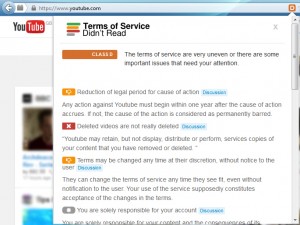Whilst reading Animal Farm in school, my English teacher at the time had a reasonably poor memory, and as a result we would reread chapters several times, and we never actually finished the book. I did however get to see a (very impressive one-man) theatre production of the book, and I have seen the 1999 film – who’s idea was it to have a happy ending!
Anyway… today, in a BBC article it is reported that according to Fairer Finance, many car insurance policy documents are longer than George Orwell’s Animal Farm. One of the longest of the documents they found was Danske Bank’s terms and conditions which contained almost 70,000 words – that’s more words than Animal Farm put together with Of Mice and Men – which was incidentally another book I read at school.
Of UK financial services companies, HSBC came in top with 34,162 words, whilst LV was the lowest with 6,901 – 27,261 fewer words.
Why?
For financial institutions legal jargon is important. Terms and conditions provide organisations with legal protection and are in some ways a measure of credibility and assurance – would you place trust in a bank which didn’t have any terms and conditions? I understand that they are important, but why do they need to be so long and full of technical jargon?
Do you think companies are aiming to dissuade people from reading their terms by making them so long-winded? If so, what could a business put in its terms? Could a social media site claim ownership of your face? Don’t be silly.
Do long, wordy terms of service not discriminate against slower readers, and people who have a life? Sometimes I struggle to keep up with my university reading, so how/why on earth am I expected to read a novel length script of jargon each time I open a current account?
Help is out there!
Facebook, Google and Twitter are no angels either, many websites also have ridiculously long terms of service. There is however consumer help for judging these sites, thanks to Terms of Service Didn’t Read. I use their browser extension for Firefox, and it is helpful.
Fairer Finance have started a petition to try and bring down the small print and force organisations to be more concise and consumer friendly. Visit the campaign page and you can also send them any examples you have of annoyingly pointless small print.





